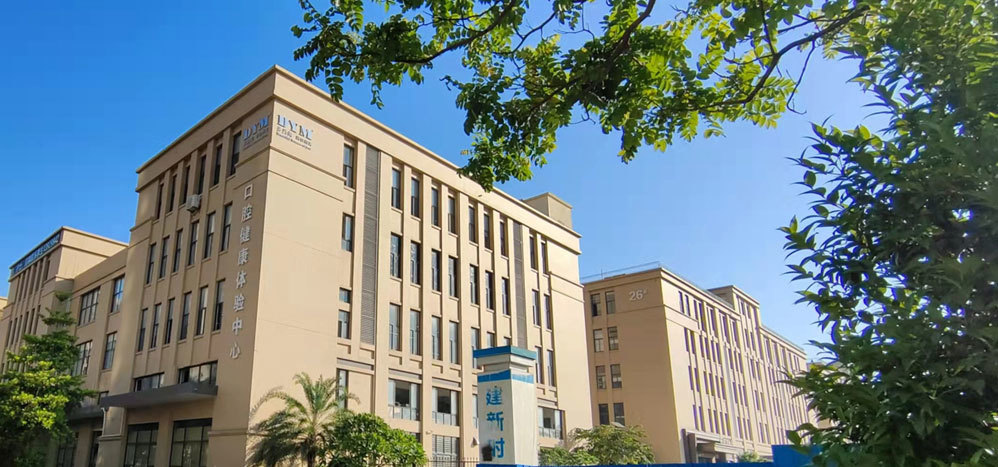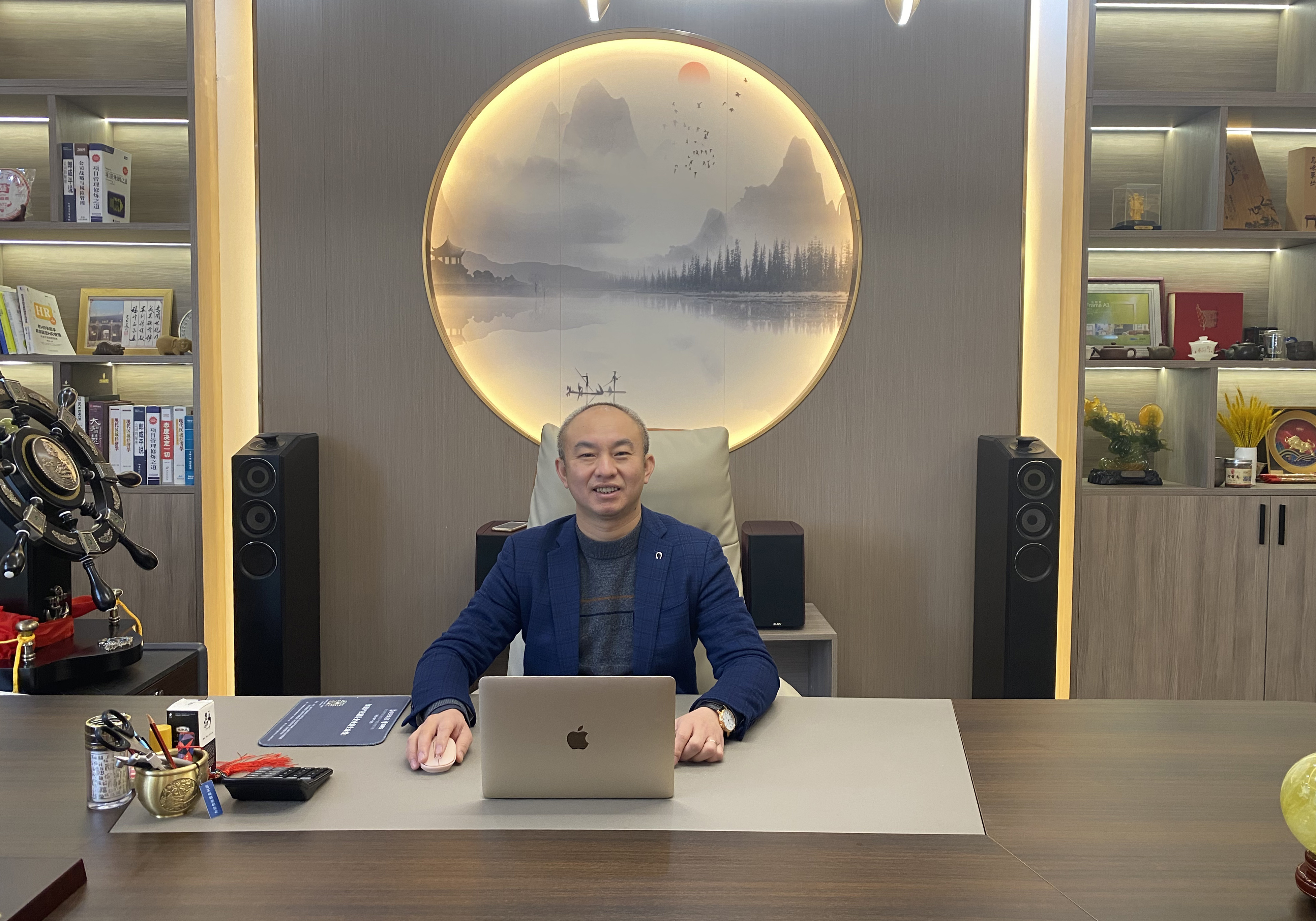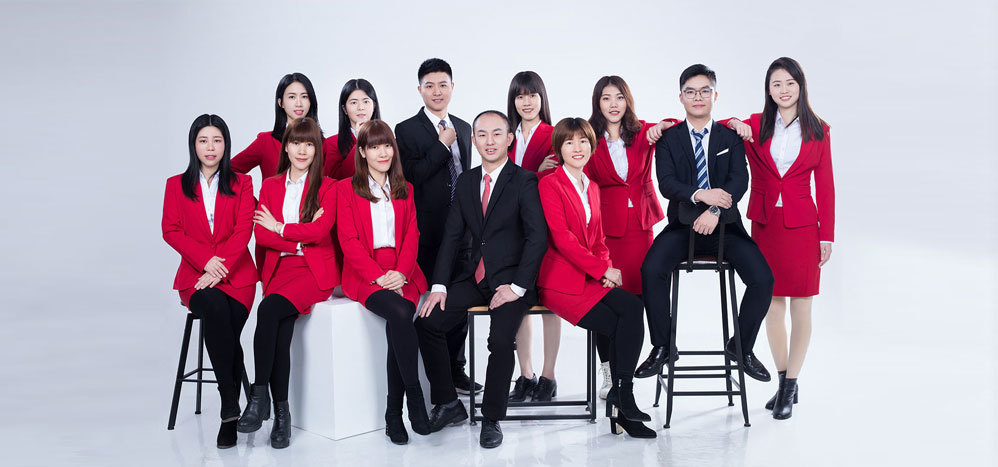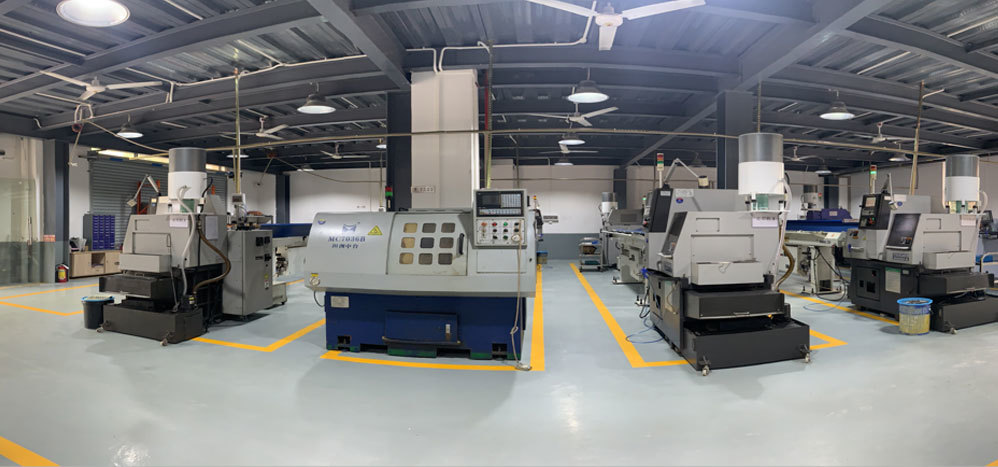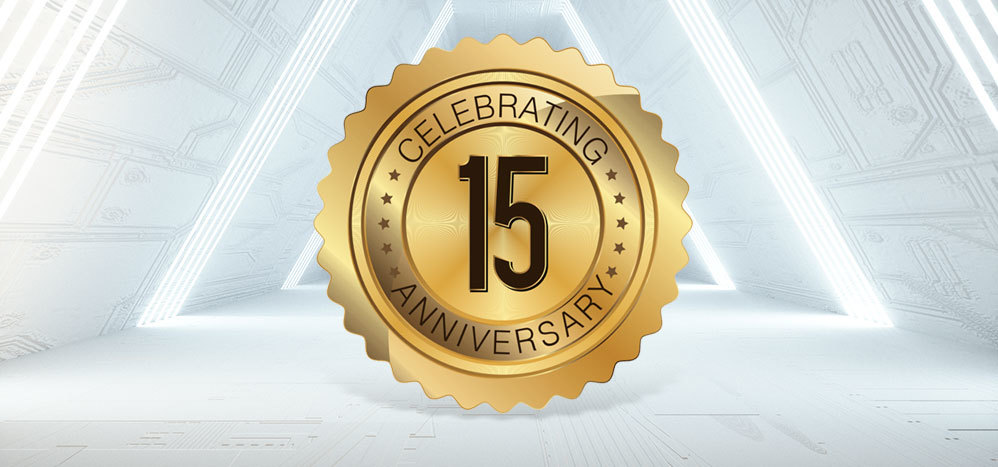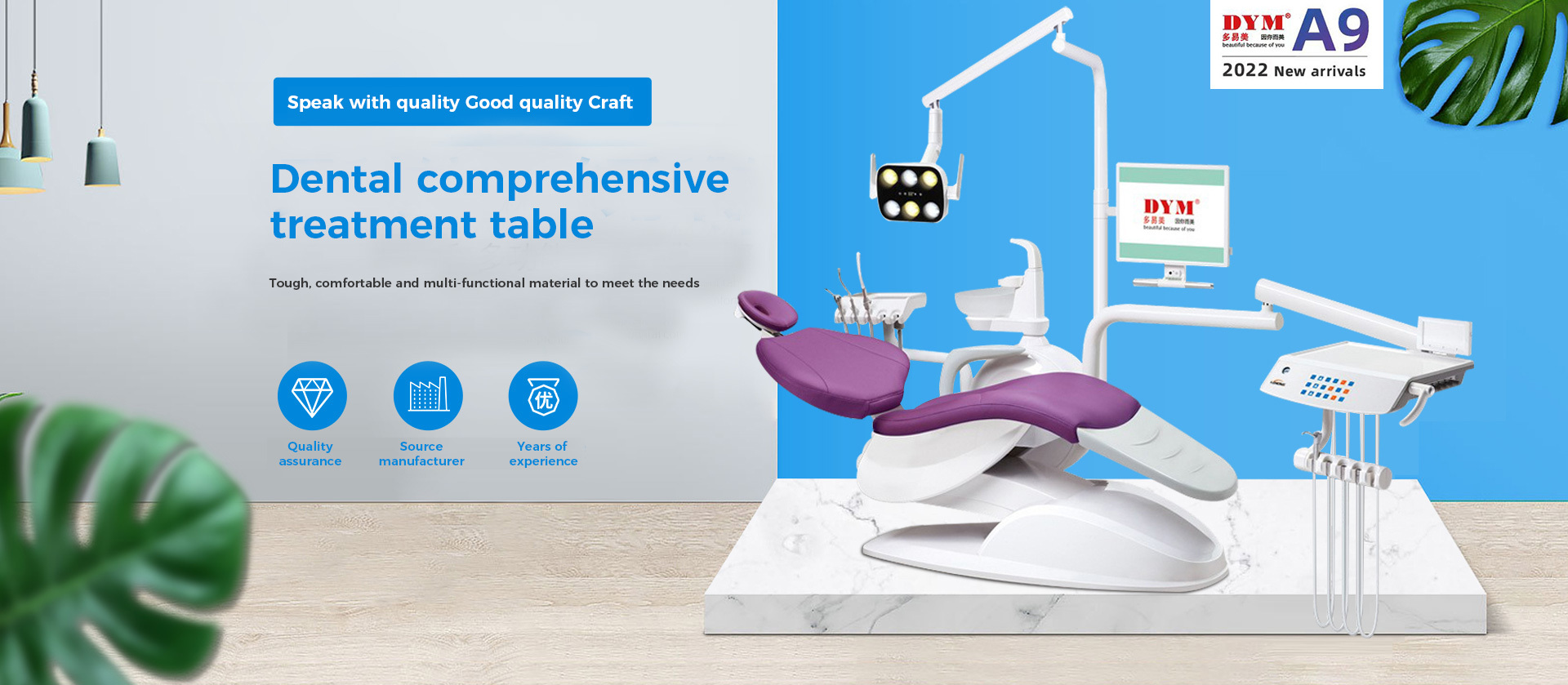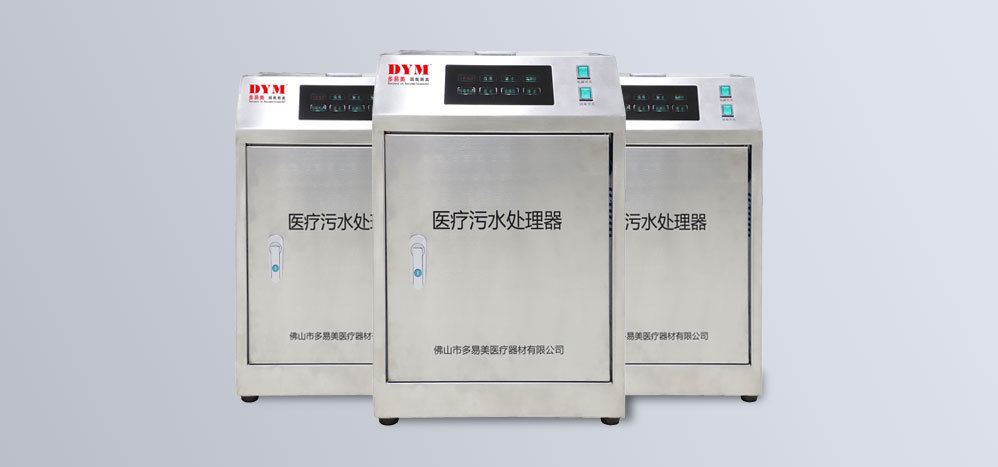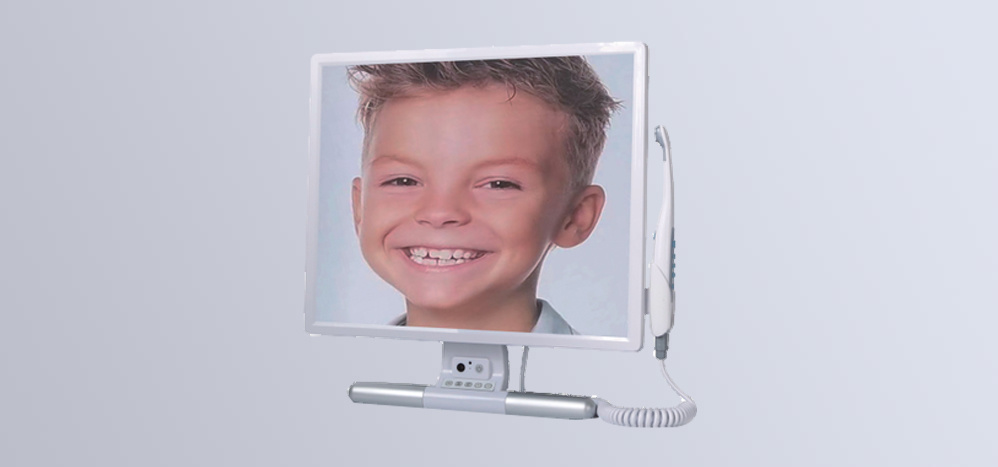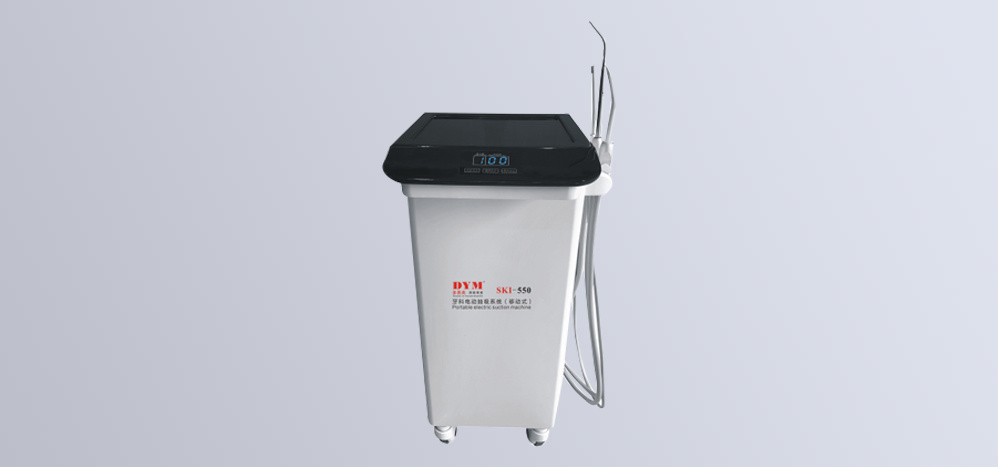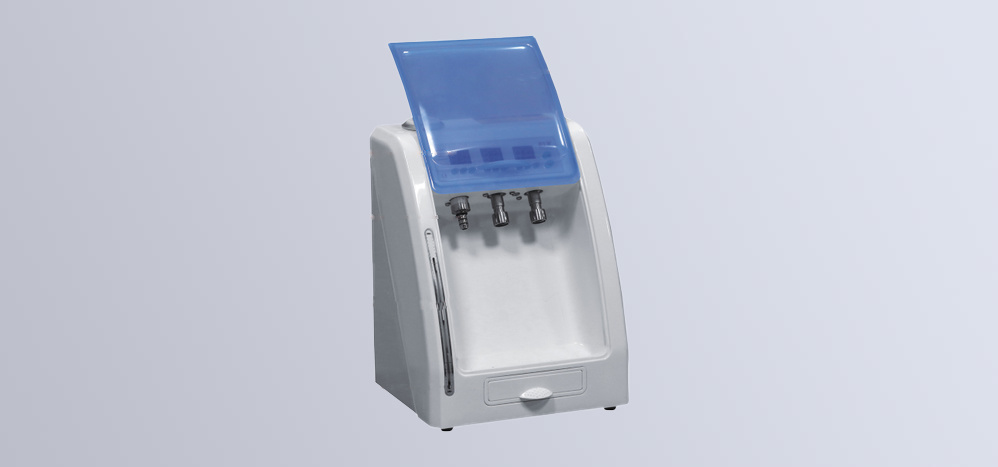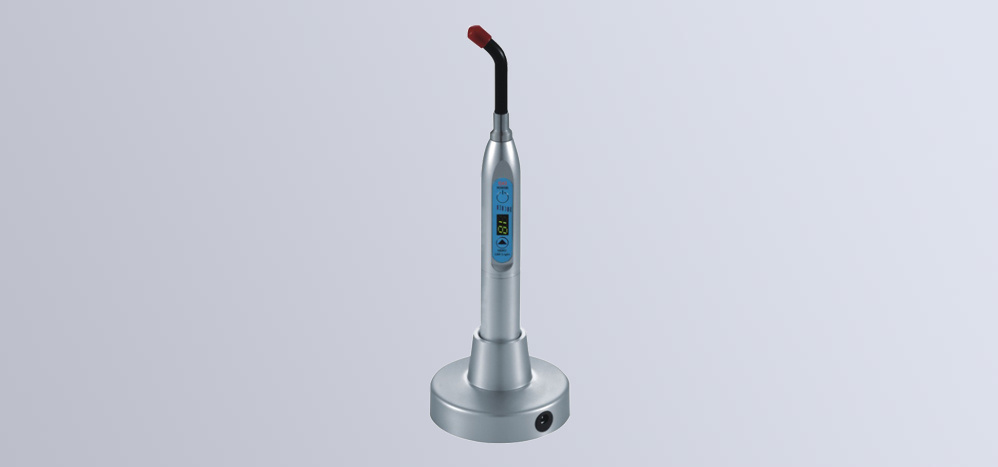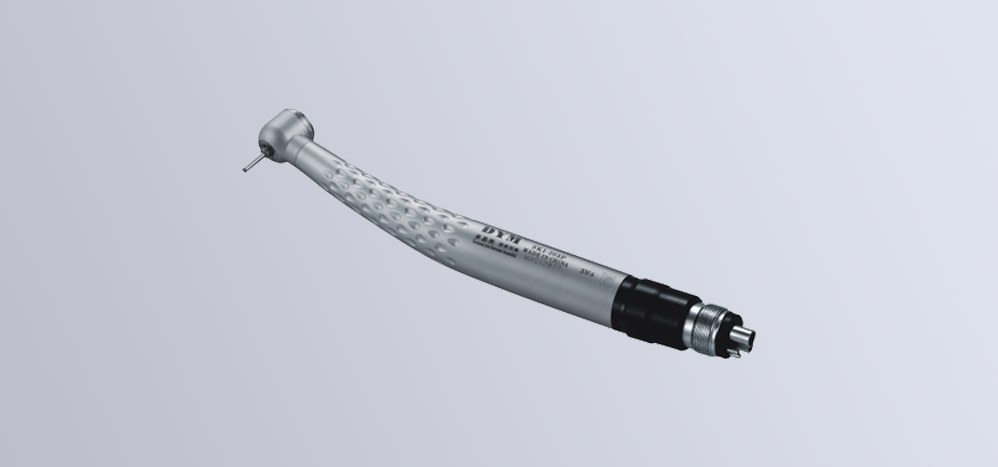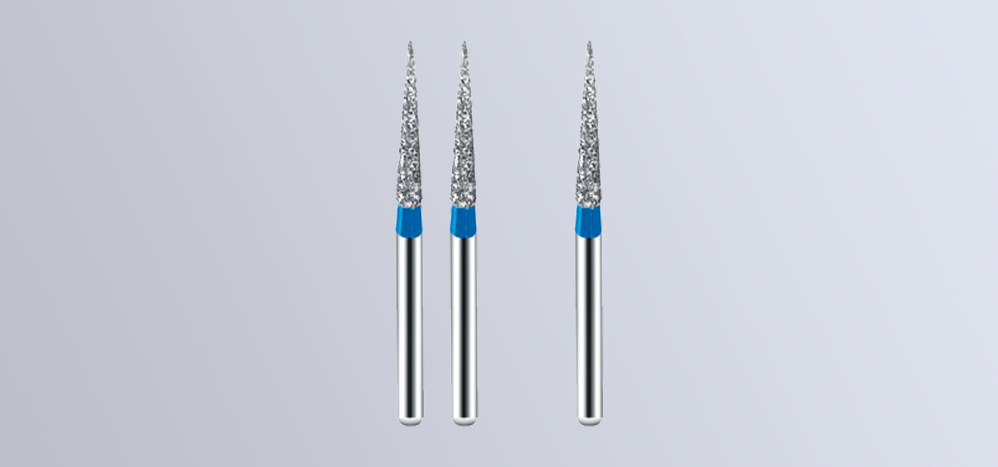Products


SKI brand 401C medical sewage sterilizer (self-priming)-sewage treatment equipment
Keywords:
Product
Category:
Sewage treatment equipment
Product Summary
Product
Sewage treatment equipment is the direct discharge of untreated domestic or industrial waste water in the city. The current utilization method is that the raw sewage directly enters the sewage source heat pump system for heat exchange, and the indoor cooling and heating of urban buildings are provided under the condition of consuming a small amount of electricity. Sewage treatment equipment has several technical difficulties to overcome: clogging, corrosion, heat transfer efficiency.
After the urban raw sewage directly enters the sewage heat exchanger for heat exchange, the exchanged heat is transferred to the room by the heat pump inside the sewage source heat pump.
The advantages of reusing urban raw sewage are: energy saving, environmental protection, and no pollution.
Sewage treatment equipment is used in wastewater recycling and has the following characteristics:
(1) It can efficiently carry out solid-liquid separation, and separate suspended substances, colloidal substances, and microbial flora lost from biological units in wastewater from purified water. The separation process is simple, the floor space is small, and the quality of the effluent is good. Generally, it can be reused without tertiary treatment.
(2) The biomass in the biological treatment unit can be maintained at a high concentration, which greatly increases the volume load. At the same time, the high efficiency of membrane separation can greatly shorten the hydraulic retention time of the treatment unit, and the floor space of the bioreactor is correspondingly reduced.
(3) Since it can prevent the loss of various microbial flora, it is conducive to the growth of bacteria (nitrifying bacteria, etc.) with a slow growth rate, so that various metabolic processes in the system can be carried out smoothly.
(4) The residence time of some macromolecular refractory organics is prolonged, which is beneficial to their decomposition.
[5] Membrane treatment technology is the same as other filtration and separation technologies. During long-term operation, the membrane is blocked as a filter medium, and the flow of water through the membrane gradually decreases. Effective backwashing and chemical cleaning can slow down the membrane flux. decrease to maintain the effective service life of the MBR system.
(6) MBR technology is applied in urban sewage treatment. Because of its simple process and convenient operation, it can realize fully automatic operation and management.
Buried domestic sewage treatment equipment has two series of WSZ-A type modular type and WSZ-F type glass fiber reinforced plastics. The treatment capacity of sewage treatment equipment is 0.5~50m3/H, a total of more than 30 kinds of specifications.
The topic of water pollution is constantly being brought up, especially the problem of groundwater pollution. In Hangzhou, Wenzhou and other places in Zhejiang Province, farmers or entrepreneurs have funded the environmental protection director to swim in the river, in order to draw everyone's attention to the severity of water pollution, although various environmental protection The director has chosen to remain silent or refuse, but the public's awareness of environmental protection has been awakened, and the level of concern about water pollution has reached an unprecedented level. Surface water pollution is obvious, but groundwater pollution is shocking. 70% of China's 1.3 billion people drink groundwater, and more than 400 of the more than 660 cities use groundwater as a source of drinking water. However, according to reports, 90% of the city's groundwater has been polluted. Another set of data also shows that groundwater is facing serious challenges. In 2011, Beijing, Shanghai and other 9 provinces and cities have evaluated 857 monitoring wells within their jurisdictions. The monitoring wells with water quality of Class I and Class II accounted for 2%, while the monitoring wells of Class IV and V accounted for 76.8%. . Among the nine provinces and cities, Hainan Province has the best water quality, with Class II as the main water quality; Shanghai and Beijing are second, mostly Class III; Heilongjiang and Jiangsu have the highest proportion of Class IV water, while Jilin, Liaoning and Guangdong have the highest proportion of water quality. , The four provinces and autonomous regions of Ningxia generally only reach the level of V. The increasing water pollution has brought unprecedented attention to the sewage treatment and recycling industry. In the past two years, the gross profit margin of each region has remained at around 70%, and even exceeded 100% in some regions. The industry has great potential for development.
Technical parameters of sewage treatment equipment
Product material: 304 stainless steel
Scope of use: 6-10 dental chairs
Operating power: Self-priming (with pump): 750W Self-current (without pump): 180W
Power input: AC 220V
Product size: length 48CM* width 48CM* height 65CM
Sterilization method: ozone sterilization
Water inlet method: self-flow water inlet, self-priming water inlet
Net weight: self-priming 47kg, artesian 41kg
Quality inspection report number: E16-WT4453
Implementation standard:
GB9706.1-2007 "Medical Electrical Equipment Part 1: General Requirements for Safety"
GB18466-2005 "National Medical Institution Sewage Discharge Pretreatment Standard"
Product
Sewage treatment equipment is the direct discharge of untreated domestic or industrial waste water in the city. The current utilization method is that the raw sewage directly enters the sewage source heat pump system for heat exchange, and the indoor cooling and heating of urban buildings are provided under the condition of consuming a small amount of electricity. Sewage treatment equipment has several technical difficulties to overcome: clogging, corrosion, heat transfer efficiency.
After the urban raw sewage directly enters the sewage heat exchanger for heat exchange, the exchanged heat is transferred to the room by the heat pump inside the sewage source heat pump.
The advantages of reusing urban raw sewage are: energy saving, environmental protection, and no pollution.
Sewage treatment equipment is used in wastewater recycling and has the following characteristics:
(1) It can efficiently carry out solid-liquid separation, and separate suspended substances, colloidal substances, and microbial flora lost from biological units in wastewater from purified water. The separation process is simple, the floor space is small, and the quality of the effluent is good. Generally, it can be reused without tertiary treatment.
(2) The biomass in the biological treatment unit can be maintained at a high concentration, which greatly increases the volume load. At the same time, the high efficiency of membrane separation can greatly shorten the hydraulic retention time of the treatment unit, and the floor space of the bioreactor is correspondingly reduced.
(3) Since it can prevent the loss of various microbial flora, it is conducive to the growth of bacteria (nitrifying bacteria, etc.) with a slow growth rate, so that various metabolic processes in the system can be carried out smoothly.
(4) The residence time of some macromolecular refractory organics is prolonged, which is beneficial to their decomposition.
[5] Membrane treatment technology is the same as other filtration and separation technologies. During long-term operation, the membrane is blocked as a filter medium, and the flow of water through the membrane gradually decreases. Effective backwashing and chemical cleaning can slow down the membrane flux. decrease to maintain the effective service life of the MBR system.
(6) MBR technology is applied in urban sewage treatment. Because of its simple process and convenient operation, it can realize fully automatic operation and management.
Buried domestic sewage treatment equipment has two series of WSZ-A type modular type and WSZ-F type glass fiber reinforced plastics. The treatment capacity of sewage treatment equipment is 0.5~50m3/H, a total of more than 30 kinds of specifications.
The topic of water pollution is constantly being brought up, especially the problem of groundwater pollution. In Hangzhou, Wenzhou and other places in Zhejiang Province, farmers or entrepreneurs have funded the environmental protection director to swim in the river, in order to draw everyone's attention to the severity of water pollution, although various environmental protection The director has chosen to remain silent or refuse, but the public's awareness of environmental protection has been awakened, and the level of concern about water pollution has reached an unprecedented level. Surface water pollution is obvious, but groundwater pollution is shocking. 70% of China's 1.3 billion people drink groundwater, and more than 400 of the more than 660 cities use groundwater as a source of drinking water. However, according to reports, 90% of the city's groundwater has been polluted. Another set of data also shows that groundwater is facing serious challenges. In 2011, Beijing, Shanghai and other 9 provinces and cities have evaluated 857 monitoring wells within their jurisdictions. The monitoring wells with water quality of Class I and Class II accounted for 2%, while the monitoring wells of Class IV and V accounted for 76.8%. . Among the nine provinces and cities, Hainan Province has the best water quality, with Class II as the main water quality; Shanghai and Beijing are second, mostly Class III; Heilongjiang and Jiangsu have the highest proportion of Class IV water, while Jilin, Liaoning and Guangdong have the highest proportion of water quality. , The four provinces and autonomous regions of Ningxia generally only reach the level of V. The increasing water pollution has brought unprecedented attention to the sewage treatment and recycling industry. In the past two years, the gross profit margin of each region has remained at around 70%, and even exceeded 100% in some regions. The industry has great potential for development.
Technical parameters of sewage treatment equipment
Product material: 304 stainless steel
Scope of use: 6-10 dental chairs
Operating power: Self-priming (with pump): 750W Self-current (without pump): 180W
Power input: AC 220V
Product size: length 48CM* width 48CM* height 65CM
Sterilization method: ozone sterilization
Water inlet method: self-flow water inlet, self-priming water inlet
Net weight: self-priming 47kg, artesian 41kg
Quality inspection report number: E16-WT4453
Implementation standard:
GB9706.1-2007 "Medical Electrical Equipment Part 1: General Requirements for Safety"
GB18466-2005 "National Medical Institution Sewage Discharge Pretreatment Standard"
Recommended Products
Consult Now
If you are interested in our products, please leave your email and we will contact you as soon as possible. Thank you!
